How to Choose the Right Stainless Wood Screw for Your Next DIY Project
When embarking on a DIY project, choosing the right materials is crucial for ensuring durability and functionality, and one component that often gets overlooked is the Stainless Wood Screw. These screws are essential for securely fastening wood pieces together while resisting corrosion and rust, making them ideal for both indoor and outdoor applications. However, with various options available in terms of size, thread type, and coating, selecting the best Stainless Wood Screw for your specific needs can be daunting.

In this guide, we will explore the key factors to consider, helping you make informed decisions that will enhance the longevity and performance of your projects. Whether you're building furniture, installing decking, or undertaking any woodworking task, understanding how to choose the right Stainless Wood Screw is vital for achieving professional-looking results.
Understanding the Different Types of Stainless Wood Screws Available in the Market
When embarking on a DIY project, selecting the appropriate stainless wood screw is crucial for both durability and aesthetic appeal. The market offers various types of stainless wood screws, primarily categorized into 304 and 316 stainless steel variants. According to a recent industry report by the American Fastener Journal, 304 stainless steel provides excellent corrosion resistance in inland environments, making it suitable for general-purpose applications. However, for projects exposed to harsher conditions, such as coastal areas with saltwater exposure, 316 stainless steel is recommended due to its enhanced resistance against corrosion.
**Tips:** When choosing stainless wood screws, consider the environmental factors your project will face. For outdoor applications, opt for 316 stainless steel screws, while indoor projects can utilize the more cost-effective 304 screws. Additionally, pay attention to the screw length and diameter to ensure a proper fit for the materials being used. This attention to detail can significantly enhance the overall stability and lifespan of your finished project.
Furthermore, screw design can also affect performance. Options include flat head screws for flush finishes, and round head screws for increased strength and visibility. Keeping abreast of industry trends, as reported by the National Association of Manufacturers, suggests that using screws with advanced coating technologies can further improve longevity, offering an additional layer of protection against rust and wear.
How to Choose the Right Stainless Wood Screw for Your Next DIY Project
| Type of Stainless Wood Screw | Material Grade | Coating | Head Type | Drive Type | Length Range (inches) | Common Applications |
|---|---|---|---|---|---|---|
| Wood Screws | A2 | Plain | Flat Head | Philips | 1 - 4 | Furniture assembly, outdoor projects |
| Deck Screws | A4 | Corrosion Resistant | Decking | Torx | 2 - 6 | Decking, exterior applications |
| Self-Drilling Screws | A2 | Zinc Plated | Bugle Head | Phillips | 1 - 3 | Drywall, metal to wood fastening |
| Lag Screws | A4 | Plain | Hex Head | Socket | 2 - 10 | Heavy-duty applications, structural framing |
Key Factors to Consider When Selecting Stainless Wood Screws for Your Project
When selecting the right stainless wood screw for your DIY project, there are several key factors to consider to ensure durability and functionality. First, assess the type of stainless steel used. Generally, 304 stainless steel is suitable for indoor projects, while 316 stainless steel offers superior corrosion resistance, making it ideal for outdoor applications or humid environments. Choosing the appropriate grade is essential to avoid rust and ensure the longevity of your project.
Another crucial consideration is the screw’s length and diameter. Match the screw size to the thickness of the materials you are joining, as this will provide the necessary holding power. Additionally, consider the screw head style; options include flat, round, or hex heads, each providing different benefits regarding ease of installation and appearance. Finally, pay attention to the thread design, as finer threads are better for softer woods while coarser threads provide more grip in denser materials. By thoughtfully evaluating these factors, you can successfully select the best stainless wood screw suited to your specific needs.
How to Determine the Appropriate Size and Length for Your Screws
Selecting the right size and length for stainless wood screws is crucial for the success of your DIY project. When determining size, consider the diameter of the screw—typically available in gauge sizes ranging from 0 to 14. For most woodworking applications, a screw larger than 5-gauge should provide adequate strength without splitting the wood, but always be sure to match the screw size with the thickness of the materials you're fastening together.
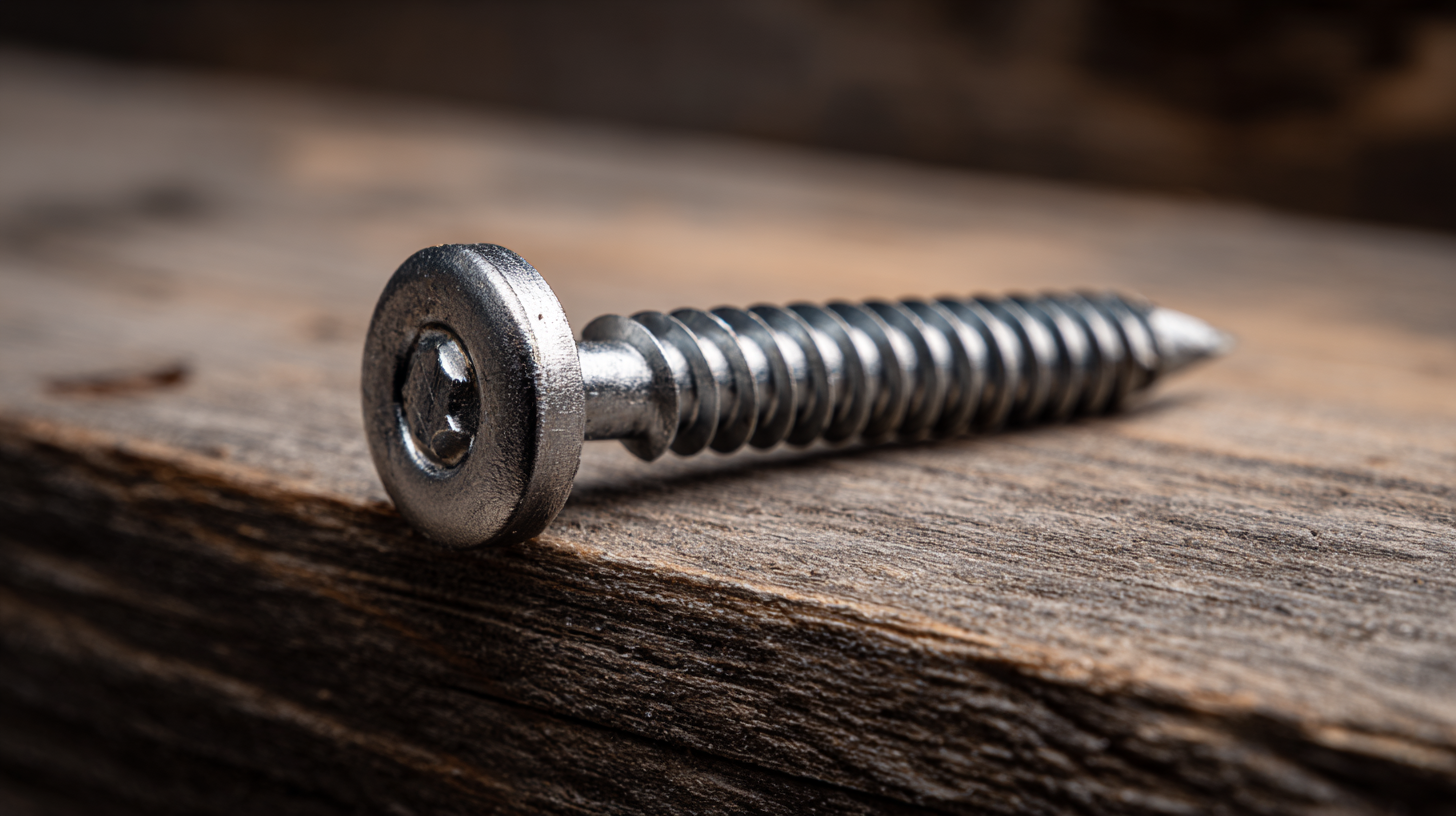
Length is equally important, as it affects the grip and holding power of the screw. A good rule of thumb is to choose a screw that is at least twice as long as the thickness of the piece you are joining; this ensures that at least half of the screw is embedded in the lower material. For example, if you’re joining two pieces of wood that are each ¾ inch thick, a screw length of 1 ¼ inch would be ideal. Additionally, if you're working with hardwood or if your project involves a lot of tension, consider using longer screws for enhanced stability.
The Importance of Screw Head Types and Their Applications in DIY Projects
When embarking on a DIY project, the choice of screw head type plays a crucial role in ensuring both the functionality and aesthetic appeal of the final product. According to the Fastener Industry Coalition, over 60% of DIY enthusiasts encounter problems directly related to the misuse of screw head types. This highlights the importance of selecting the appropriate head style for specific applications. For instance, Phillips heads are popular for their self-centering capability, making them ideal for general woodworking tasks, while square heads, known for their grip and torque control, are often preferred in high-torque applications.
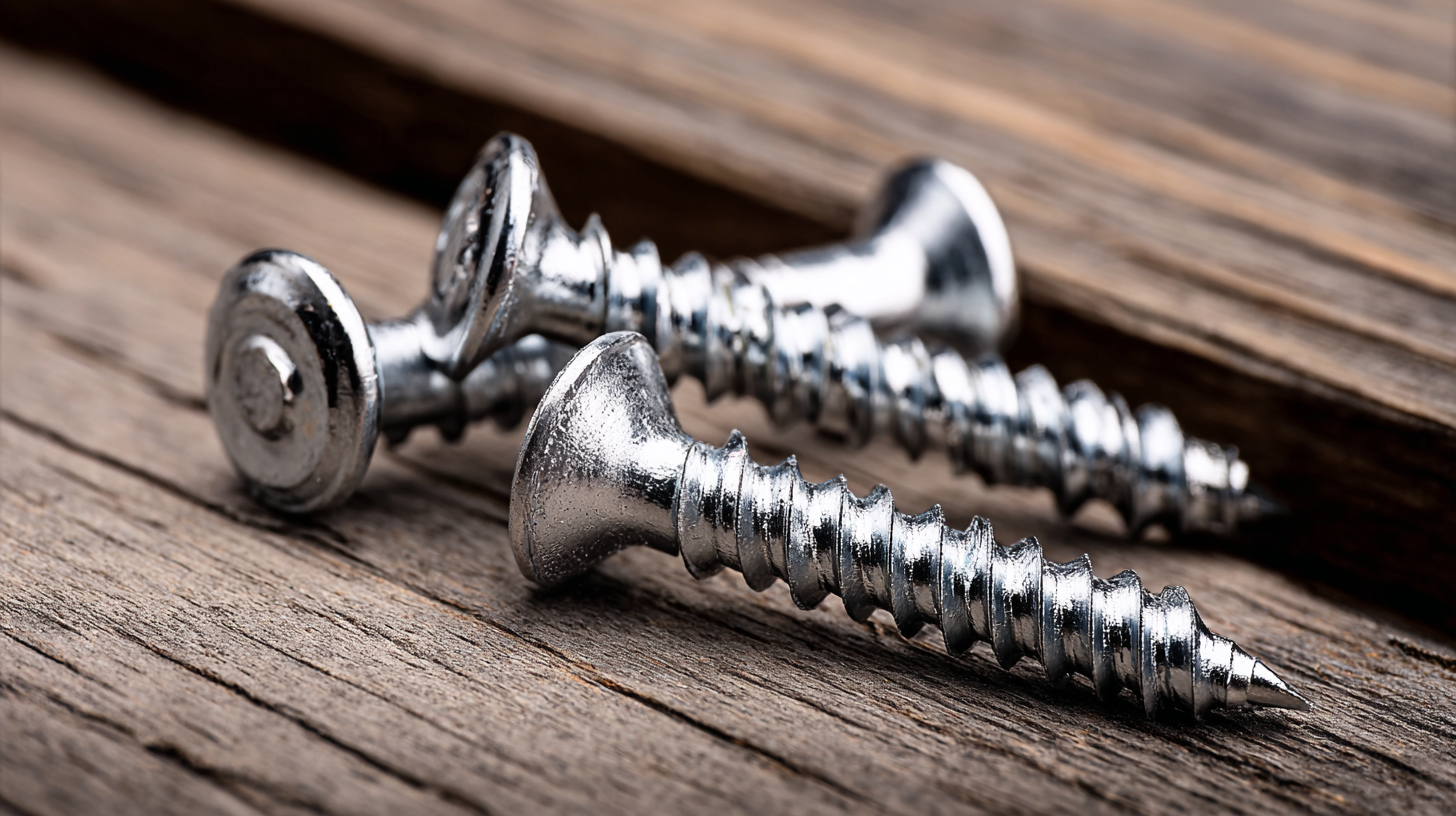
Moreover, the head type can significantly affect the ease of installation and the overall durability of the assembly. Research from the Industrial Fasteners Institute shows that using the right screw head can reduce the risk of stripping and enhance the longevity of the joint by as much as 30%. For outdoor projects, opting for stainless wood screws with a flat or round head can provide a clean finish while resisting corrosion, ensuring that the screws remain effective against the elements. This attention to detail not only improves performance but also extends the lifespan of your projects, making the selection of screw head types a fundamental consideration for any DIY enthusiast.
Best Practices for Installing Stainless Wood Screws Effectively and Safely
When installing stainless wood screws, proper techniques are essential for ensuring secure and lasting results. Begin by selecting the right drill bit for the pilot holes; using a bit slightly smaller than the screw diameter can help prevent splitting the wood. Make sure to position the screws straight into the material to avoid misalignment, which could weaken the joint. If you're working with dense wood, pre-drilling is especially beneficial, as it reduces resistance during installation and minimizes the risk of damaging both the screws and the wood itself.
Safety is equally important during the installation process. Always wear protective eyewear to shield your eyes from flying debris, and ensure your work area is clear of any hazards. When using power tools, apply the right amount of torque to avoid overtightening, which can strip the screw hole or snap the screw, particularly in softer woods. Following these best practices will not only enhance the quality of your project but also promote a safer working environment.
Related Posts
-

Ultimate Guide to Choosing the Right Button Head Bolt for Your Project
-
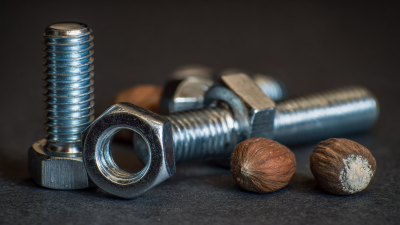
What are the Essential Benefits of Choosing Quality Nut and Bolt Solutions for Your Projects
-
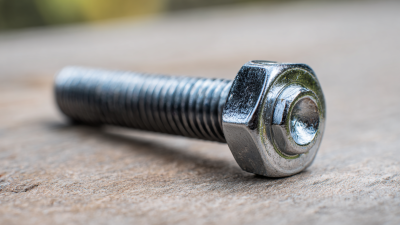
How to Choose the Perfect Hot Sale Carriage Bolt for Your Project
-
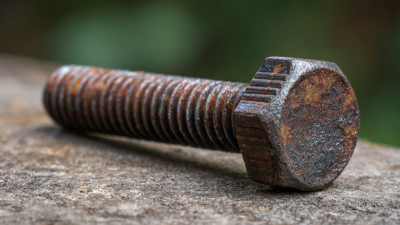
How to Choose the Right Carriage Bolt for Your Next Project
-

7 Best Tips for Choosing the Right Stainless Bolt for Your Project
-

7 Compelling Reasons Why Square Neck Bolts Are Essential for Your Projects
